Mechanical Engineering
-
Smart Soil Can Water and Feed Itself

A newly engineered type of soil can capture water out of thin air to keep plants hydrated and manage controlled release of fertilizer for a constant supply of nutrients.
-
Infant Innovation: Iman Salafian's Collaborative Approach to Medical Devices for Newborns
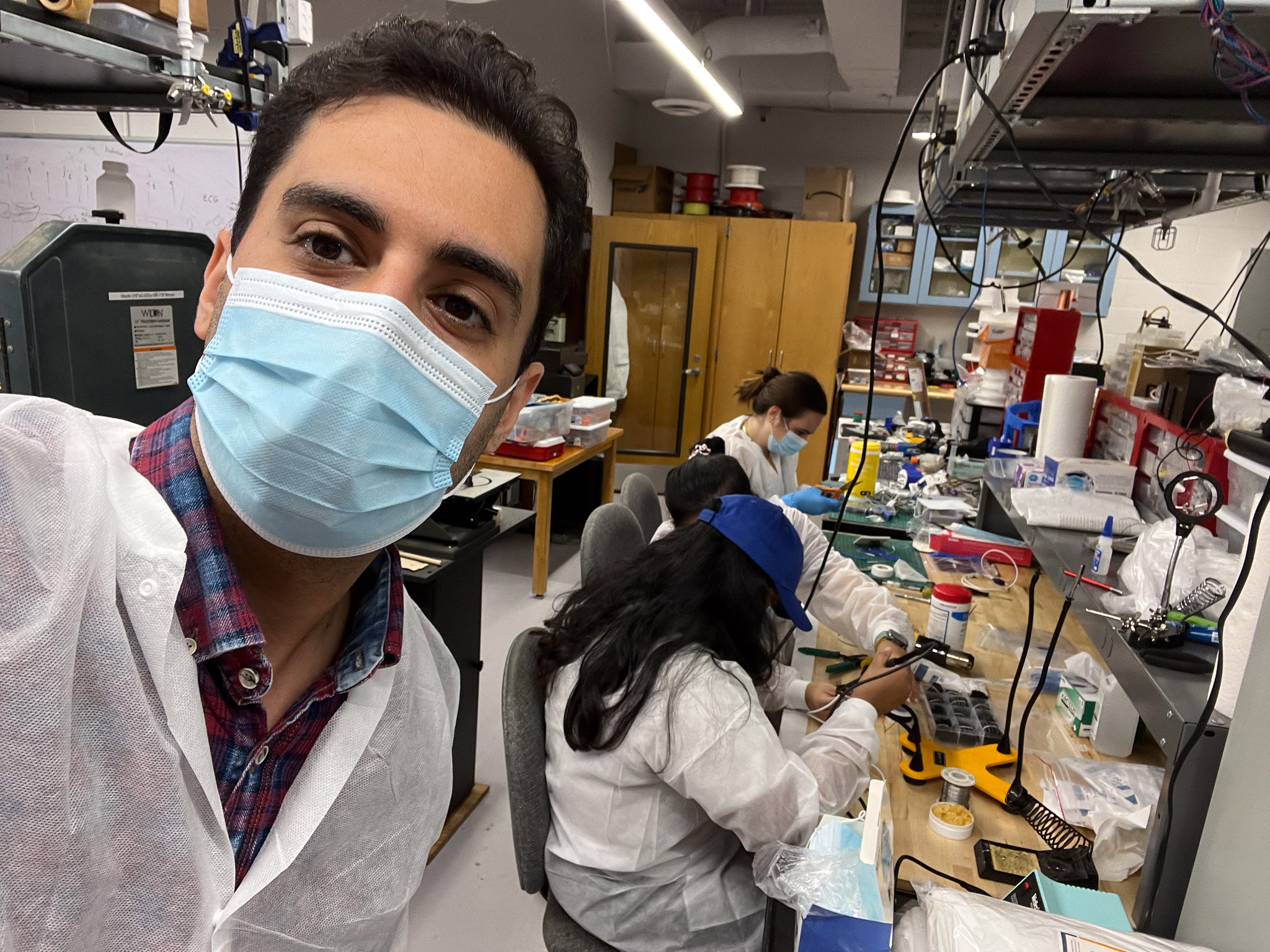
Iman Salafian is driven to improve care for newborn babies, leading two collaborative startups that emerged from a medical devices course.
-
New Carbon Storage Technology Is Fastest of Its Kind

A new way to store carbon captured from the atmosphere developed by researchers from The University of Texas at Austin works much faster than current methods without the harmful chemical accelerants they require.
-
Getting the Scoop

Alumnus takes on sustainable non-dairy dessert one pint at a time
-
How Wastewater and Gas Flares Could Supercharge Green Hydrogen Production

Texas Engineer Vaibhav Bahadur is researching how oil and gas byproducts could be repurposed to serve as key elements in creating “green” hydrogen.
-
'Smart Swarms' of Tiny Robots Inspired by Natural Herd Mentality
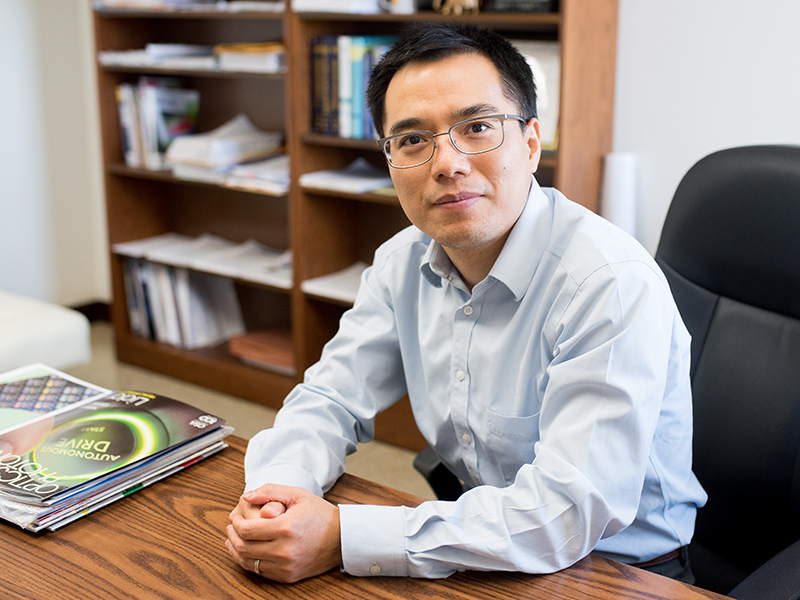
In new research, Texas Engineers gave tiny robots the same organizing abilities as schools of fish to form "smart swarms."
-
New Semiconductor Master’s Program Will Offer Hands-on Experience in Rapidly Growing Industry
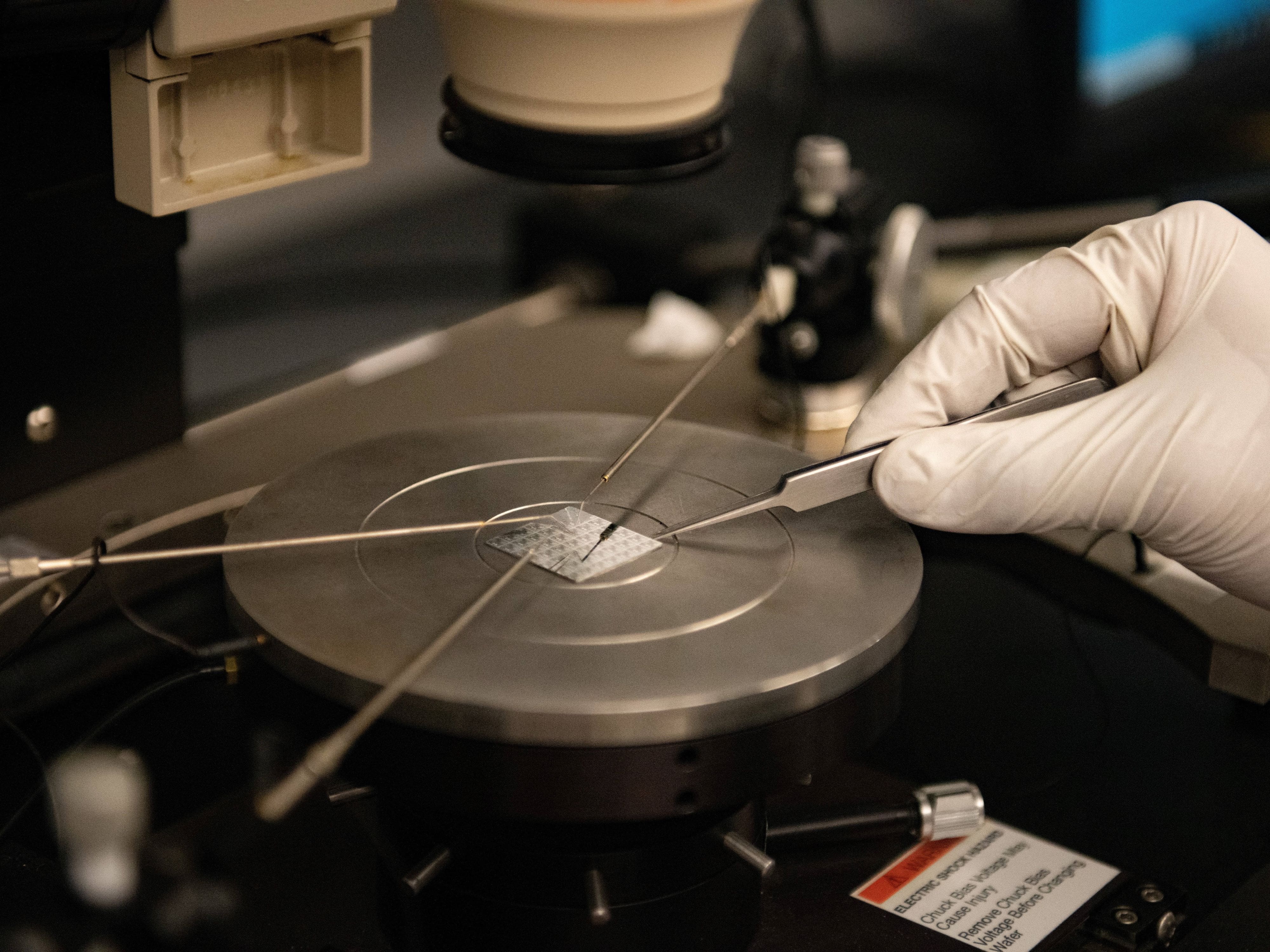
A new master’s degree program at The University of Texas at Austin aims to help fill demand for semiconductor scientists and engineers and give students a chance to lead the next wave of innovation in the booming semiconductor industry.
-
Texas Engineering Startups Named Finalists for SXSW Pitch
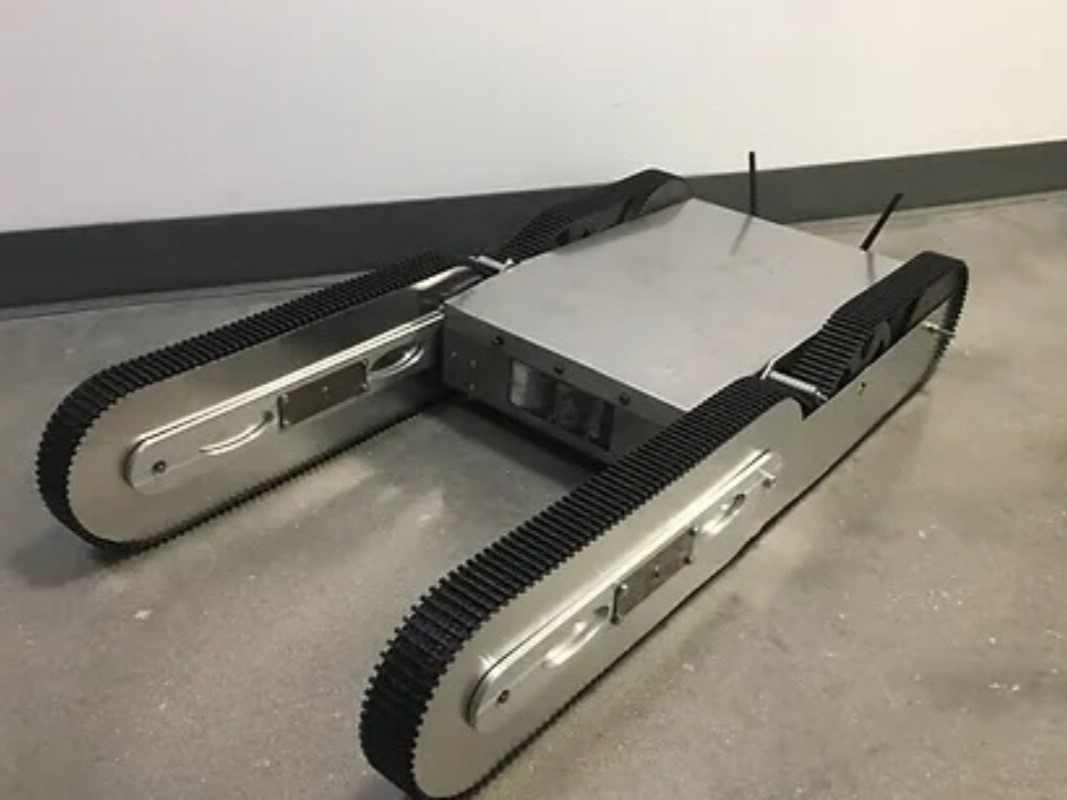
As South by Southwest (SXSW) Pitch returns for its 16th iteration, this year’s finalists include a pair of Texas Engineering-led startups.
MACH Transit and Paradigm Robotics have each come up with innovative solutions to address some unique needs within different technology sectors.
-
Fire-Resistant Sodium Battery Balances Safety, Cost and Performance
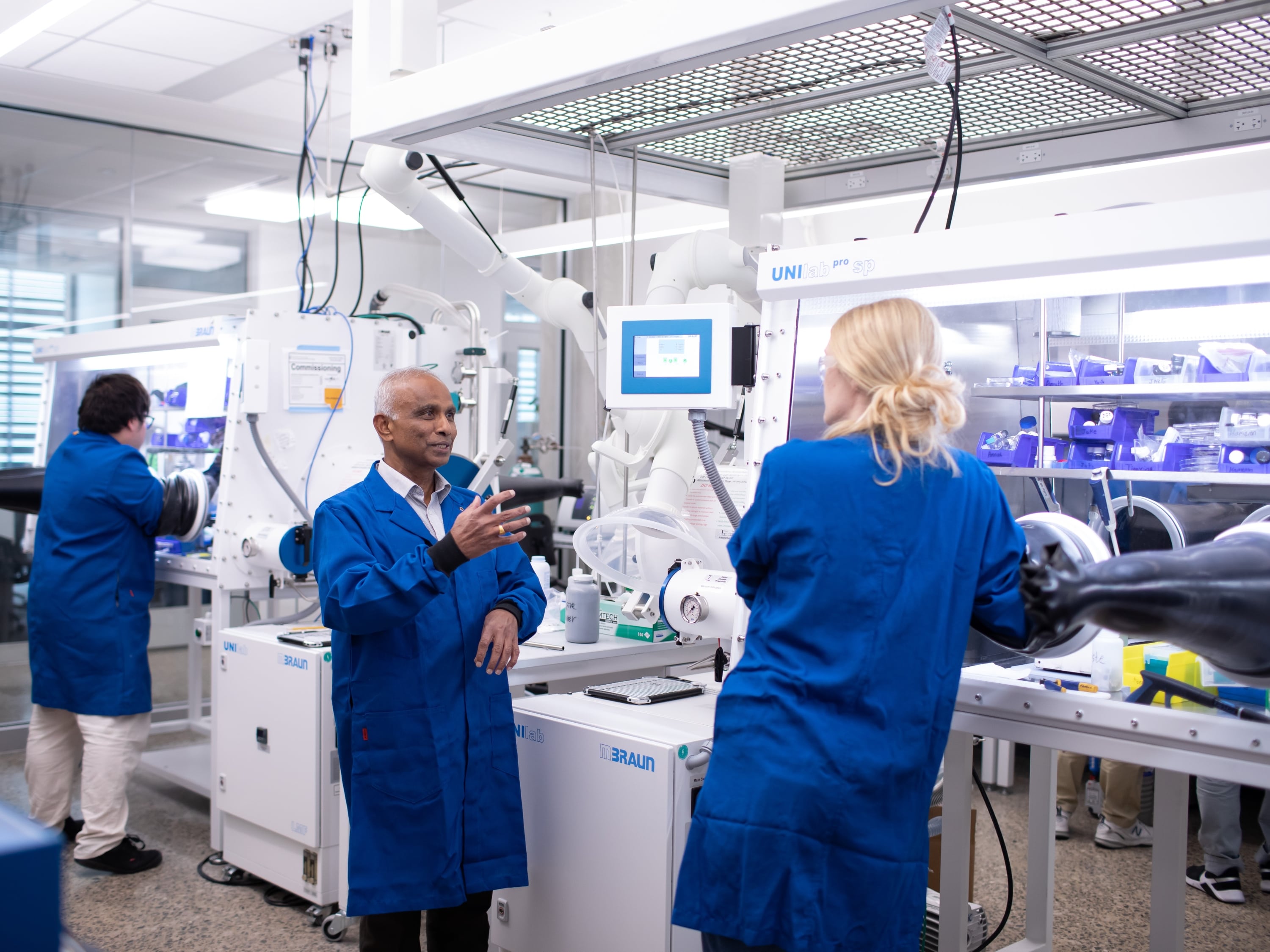
A sodium battery developed by researchers at The University of Texas at Austin significantly reduces fire risks from the technology, while also relying on inexpensive, abundant materials to serve as its building blocks.
-
Cockrell Battery Experts Team with John Deere to Electrify Farm and Construction Vehicles
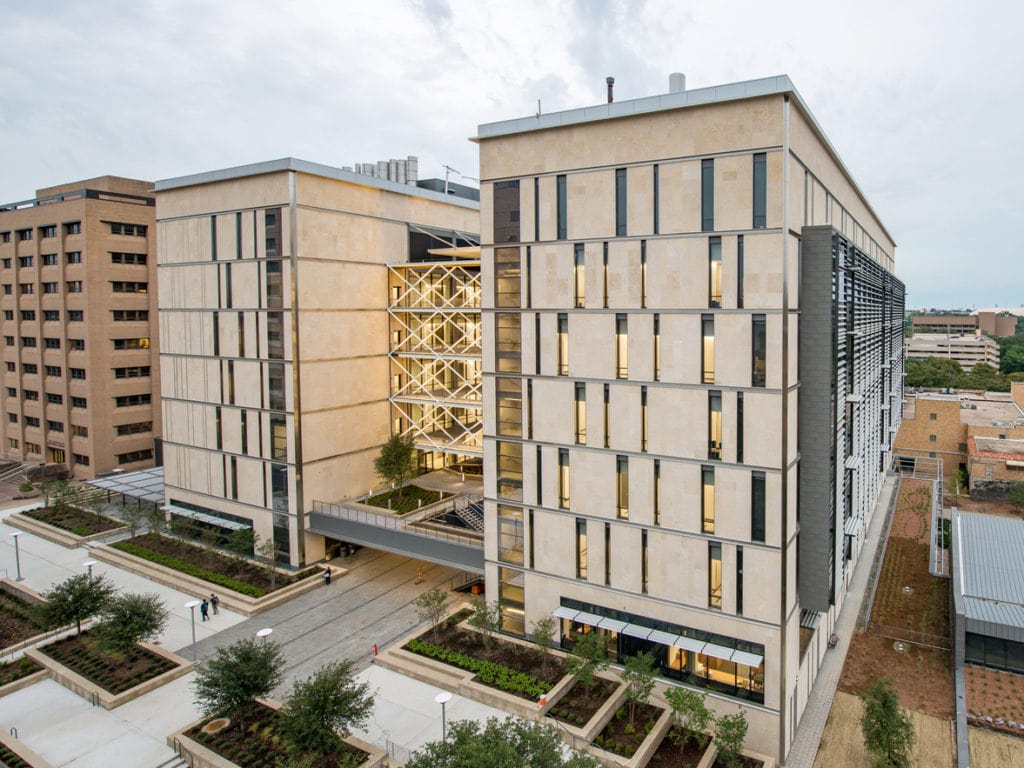
Texas Engineers are working with John Deere to develop technologies to electrify agriculture vehicles like tractors.
-
Injectable Water Filtration System Could Improve Access to Clean Drinking Water Around the World
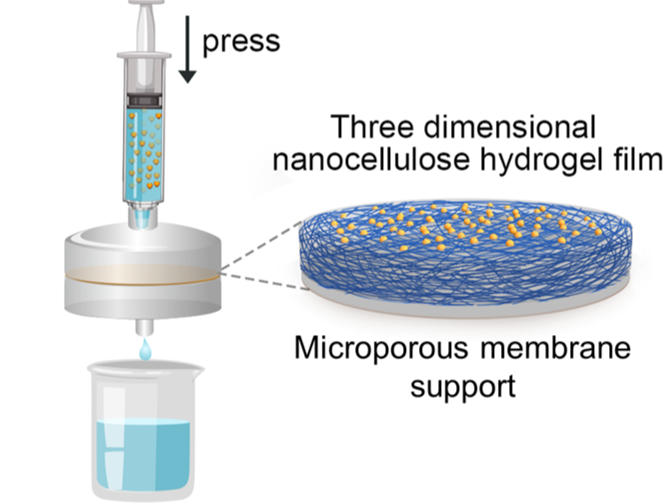
More than 2 billion people, approximately a quarter of the world’s population, lack access to clean drinking water. A new, portable and affordable water filtration solution created by researchers at The University of Texas at Austin aims to change that.
-
Sandpaper X-ray Technique Could Change How Batteries Are Monitored
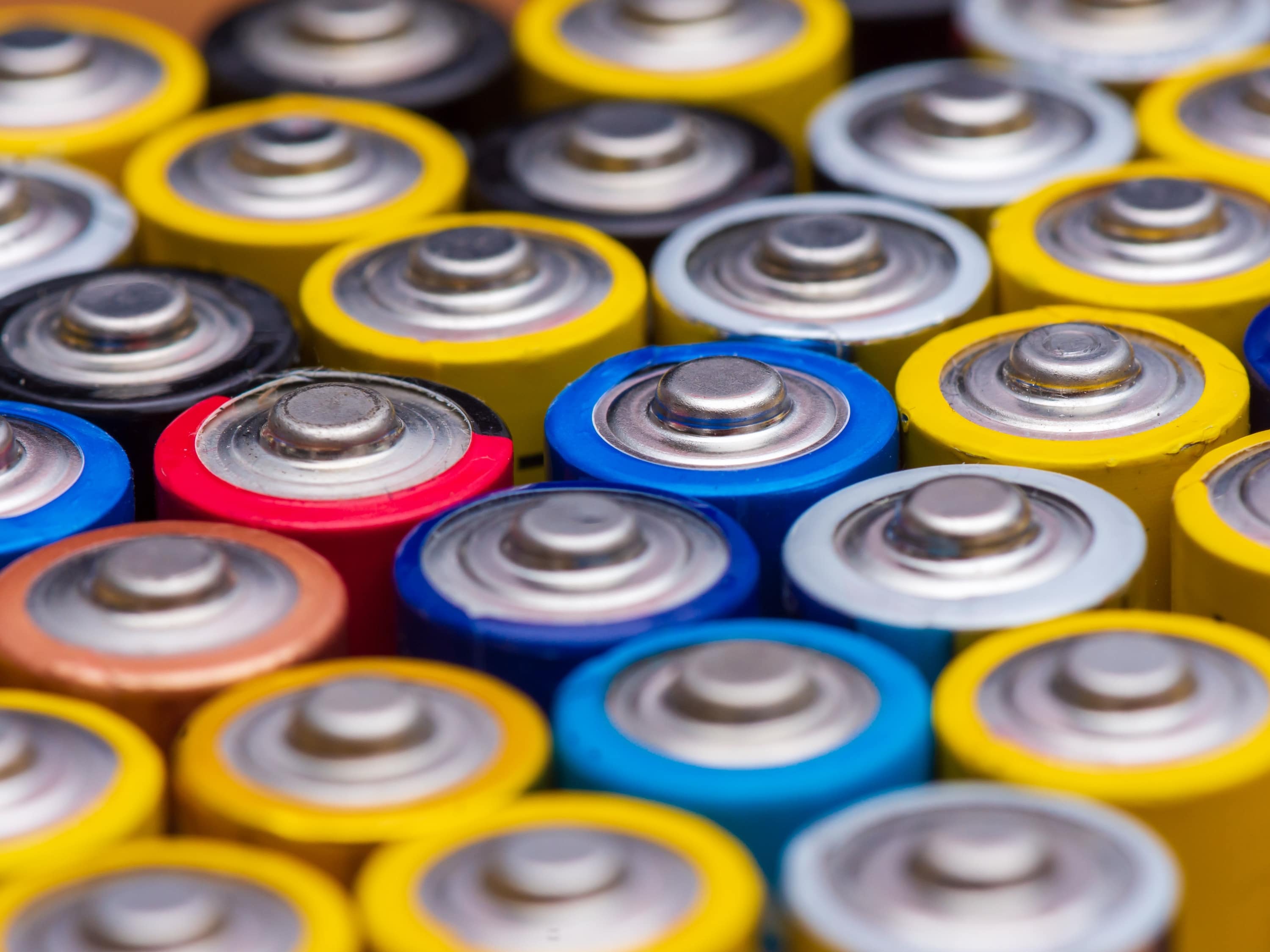
One of the newest Texas Engineers has developed a low-cost method for using x-ray tech to capture images inside batteries and then deploying a software algorithm to fill in the blanks. Instead of an x-ray lense that may cost hundreds of thousands of dollars, this new research uses a couple sheets of sandpaper to structure the illumination in a sample in a way that allows for detailed mapping at the nanoscale.
-
Measuring Underwater Carbon Capture With Sound
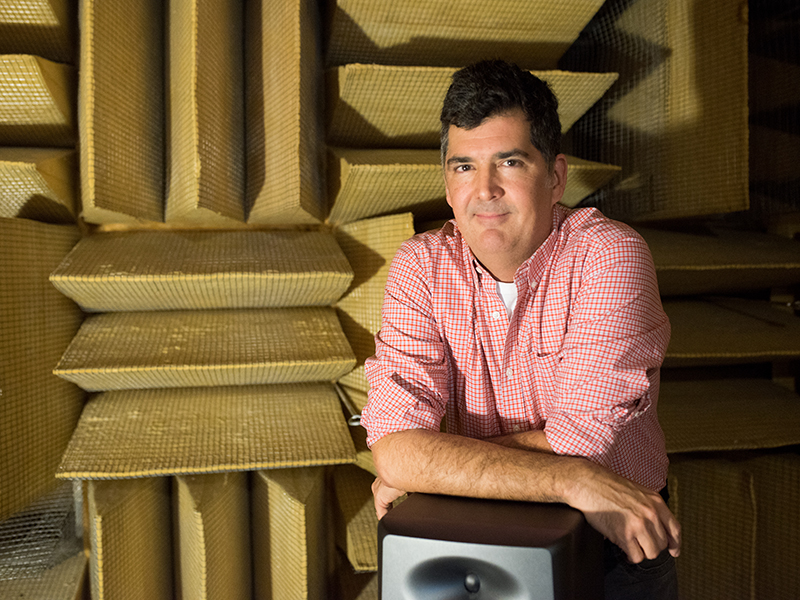
Texas Engineers will lead a new project on marine carbon dioxide removal, capture and storage as part of a larger research push from the U.S. Department of Energy (DOE).
-
Laser Technology Cools the Way for Cellular Surgery and Drug Delivery

Imagine a laser so gentle it can cradle nanoparticles, biological cells, and even drive drug-delivering microscopic vehicles to sick cells without causing harm. This isn't science fiction; it's a new innovation led by a team of scientists at The University of Texas at Austin.
-
Crack Formation in EV Battery Electrodes Unraveled
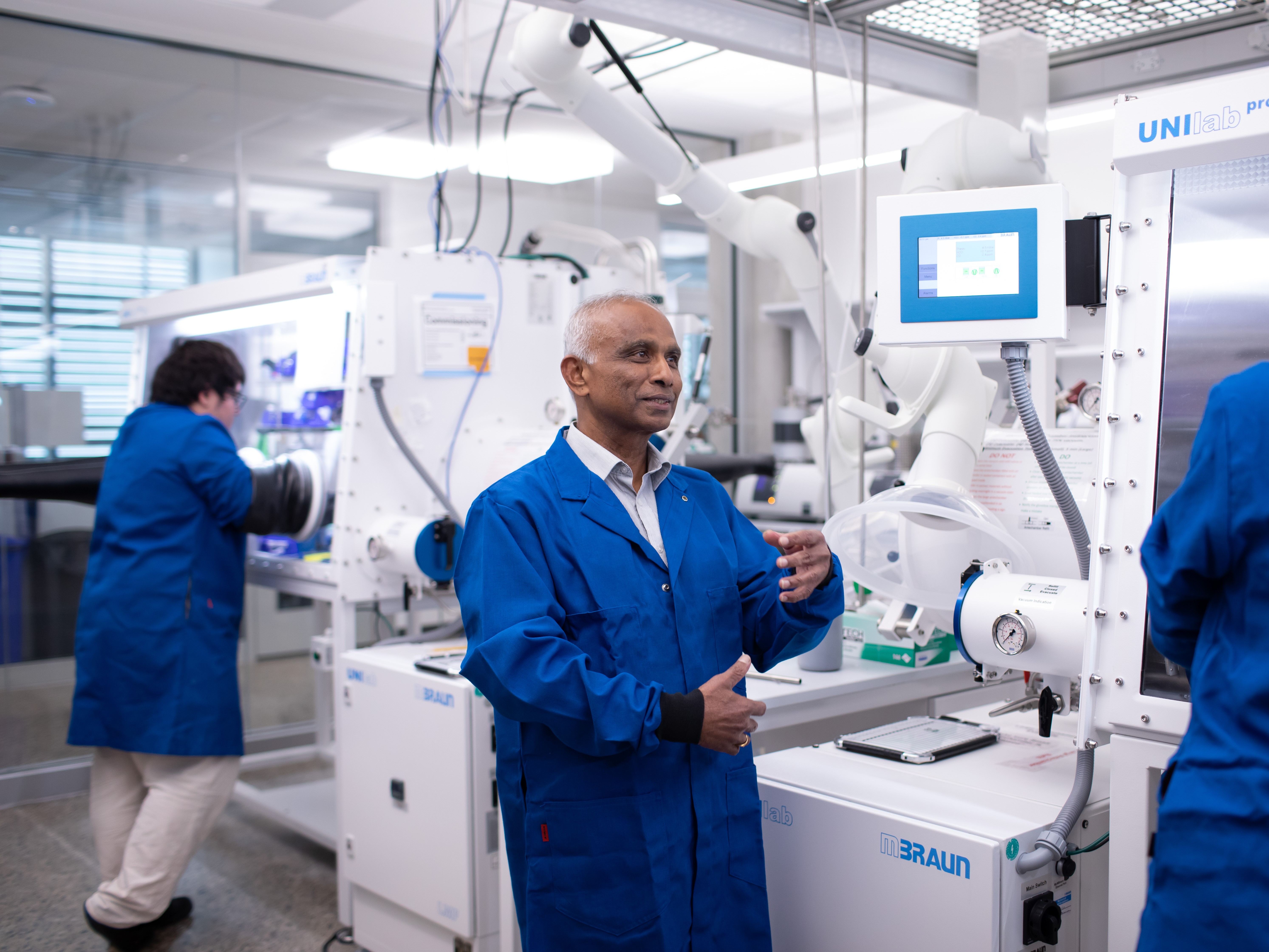
Battery experts at The University of Texas at Austin have shed new light on a critical issue facing battery components commonly used in electric vehicles.
-
Texas Engineers Land Semiconductor Grants Through CHIPS Act-Backed NSF Program

A pair of Cockrell School research teams are part of a massive semiconductor grant program from the National Science Foundation that includes funds from industry leaders and the federal CHIPS Act.
-
Cockrell School Teams Up With KBH Energy Center

Energy security is getting a boost at The University of Texas at Austin. The Cockrell School of Engineering will now partner with the Kay Bailey Hutchison Energy Center.
-
Hot Summer Air Turns into Drinking Water With New Gel Device
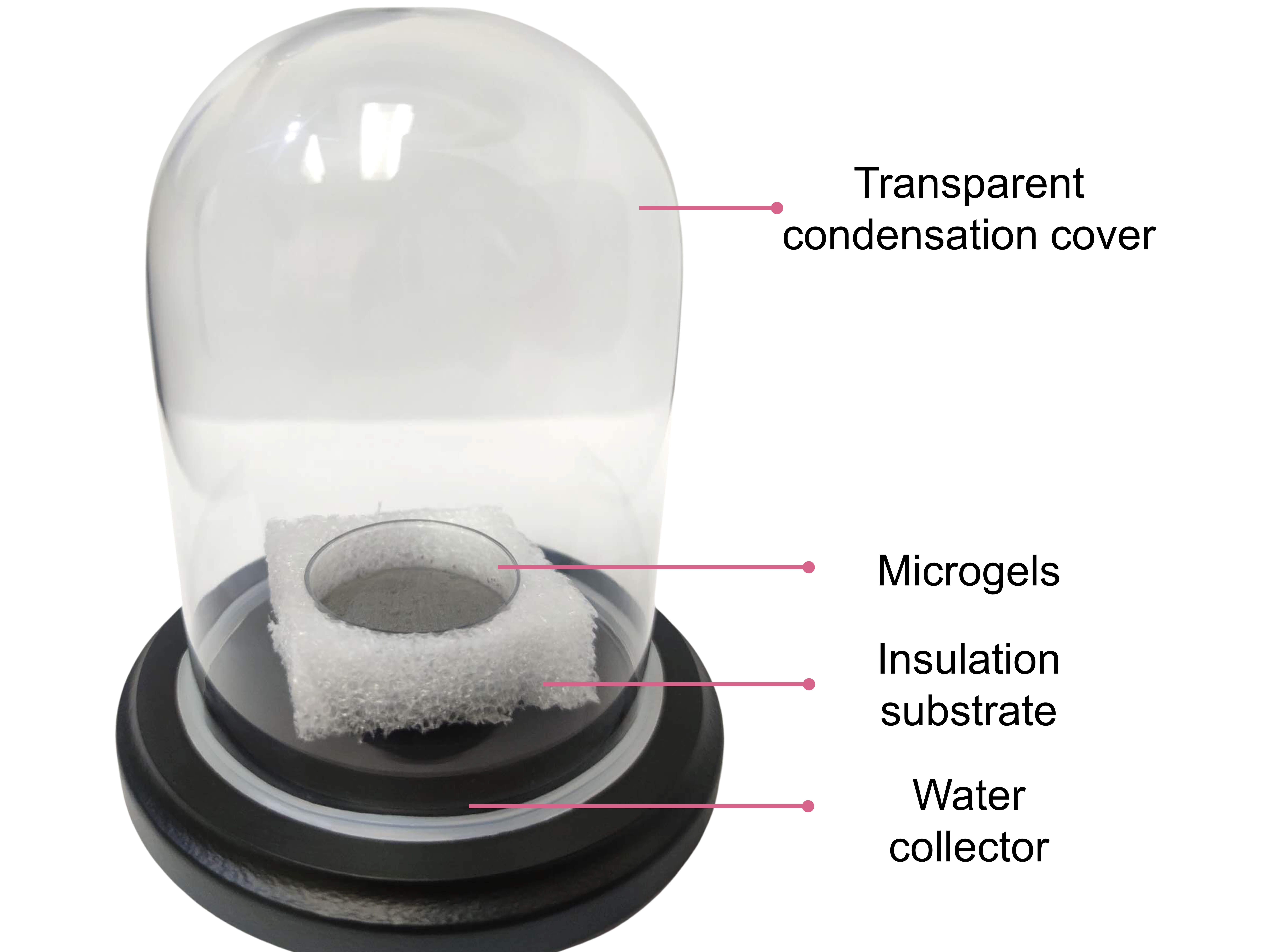
For significant portions of the globe faced with water shortage problems a beacon of hope may be on the way: the ability to easily turn hot air into drinking water.
-
Breakthrough Oil-Capturing Technology Offers 10x Improvement Cleaning Up Hazardous Spills

To combat the extreme environmental toll of major oil spills, researchers at The University of Texas at Austin have created a new technology that could significantly improve cleanup capabilities compared to today's methods.
-
Michael Webber's PBS Energy Show Gets a 2nd Season
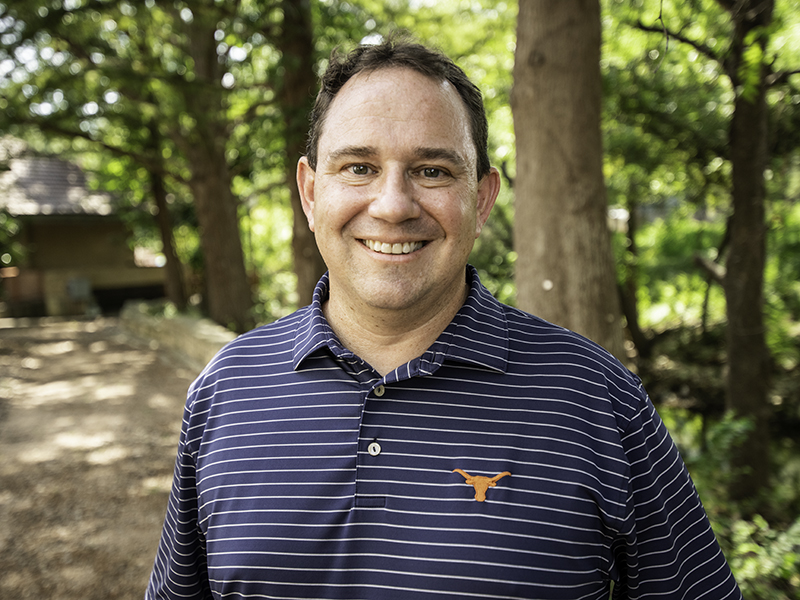
The journey through the past, present and future of energy continues as “Power Trip: The Story of Energy” returns for a second season airing on PBS nationwide.







